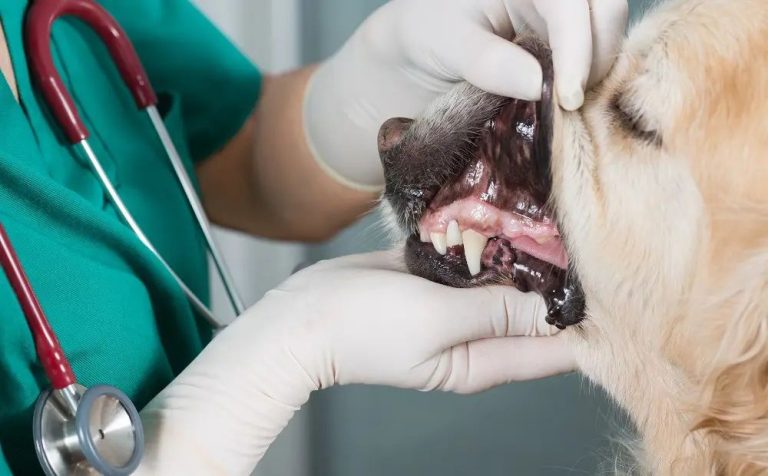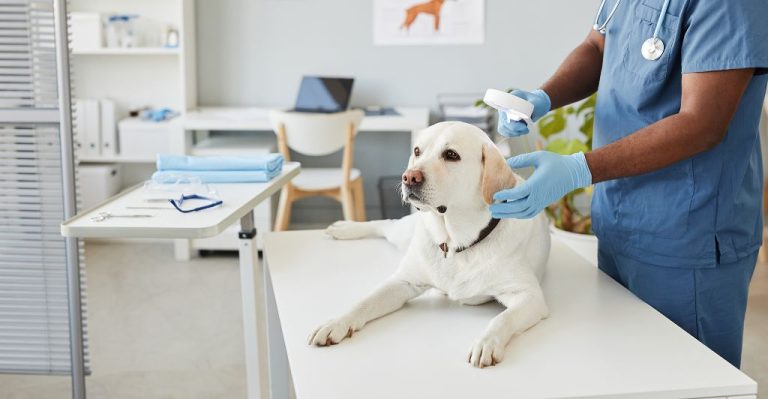A Beginner’S Guide To Creating A Dog-Friendly Home Environment
This guide provides tips and recommendations for designing a dog-friendly home environment. It will cover topics such as pet proofing your home, choosing dog-friendly furniture, providing ample space for your dog, setting up dog containment areas, using non-toxic cleaning supplies, installing dog-proof flooring, giving your dog outdoor access, maintaining a comfortable climate, and creating a calm home environment. The goal is to help dog owners optimize their home for both human and canine inhabitants, ensuring safety, cleanliness, and comfort for all.
Pet Proofing Your Home
When bringing a new dog home, it’s important to thoroughly pet proof your house to remove potential toxins and choking hazards. Dogs are naturally curious and will explore their environment by chewing and ingesting items, so you’ll need to identify and secure any dangerous substances. According to the ASPCA, some of the most common household dangers for dogs include over-the-counter human medications like ibuprofen and acetaminophen, antidepressants and ADHD medications, rodenticides, and insecticides (ASPCA).
Dogs may also be poisoned by houseplants like azaleas, autumn crocus, and dracaenas, while foods including chocolate, grapes, raisins, macadamia nuts, and xylitol can be toxic. Coins, buttons, batteries, holiday decorations like tinsel, and strings can also pose choking hazards or poisoning risks if ingested (Rover). Take time to tour your home from your dog’s perspective and secure cleaners, chemicals, medications, toxic foods, small objects, and delicate valuables.
Choosing Dog-Friendly Furniture
When selecting furniture for a home with dogs, it’s important to choose pieces made from durable, scratch-resistant, and stain-proof materials. Leather or pleather are great options as they can withstand scratching and are easy to clean (https://www.forbes.com/sites/forbes-personal-shopper/article/best-couch-fabrics-for-dogs/). Microfiber is another dog-friendly fabric that resists stains, is easy to clean, and comes in a variety of styles (https://www.thespruce.com/great-pet-friendly-fabrics-1976777). Polyolefin woven fabrics have a soft feel but are non-absorbent so they won’t hold odors or stains.
Look for furniture with tightly woven fabric rather than loose weaves that can snag nails. Avoid fabrics like chenille, velvet, or delicate sheer fabrics which are prone to damage. Sturdy outdoor fabrics like canvas are also good options for high-traffic areas. When selecting a couch, look for a style with removable, washable covers to make cleaning pet hair and messes easier.
Consider furniture with rounded corners and elevated legs to prevent your dog from chewing. Avoid furniture fillings like down or foam which dogs can easily tear into. Mattresses and blankets specifically designed for pets are available if your dog will sleep on the furniture.
Overall, the most durable, easy to clean fabrics that can withstand scratching and daily wear-and-tear are the best choices for pet owners. Prioritize furniture pieces that are resilient and designed with pets in mind.
Providing Ample Space
Providing ample space for your dog to move around comfortably is key to creating a dog-friendly home. Dogs need room to exercise and play to stay physically and mentally stimulated. According to Dog House Size Formula – Blythe Wood Works, the minimal house height should be 1.25 x the “C” measurement (the distance from the top of the dog’s head to his toes). Make sure to measure your dog and provide enough ceiling height for them to stand fully upright.
When it comes to floor space, a good rule of thumb is to allow at least enough room for your dog to lie down and fully stretch out. Consider their size at adulthood if you have a puppy. Providing ample space allows your dog room to play, reduces stress, and prevents problem behaviors that can develop when dogs feel cramped. An enclosed dog run or fenced yard also gives your dog a safe space to zoom around and burn off energy.
Be sure to puppy-proof the space by removing hazards and securing fragile items. Provide interactive dog toys to enrich their environment. Rotate toys to keep things interesting. Overall, giving your dog enough room to comfortably move and play makes for a happy, well-adjusted pet.
Setting Up Containment Areas
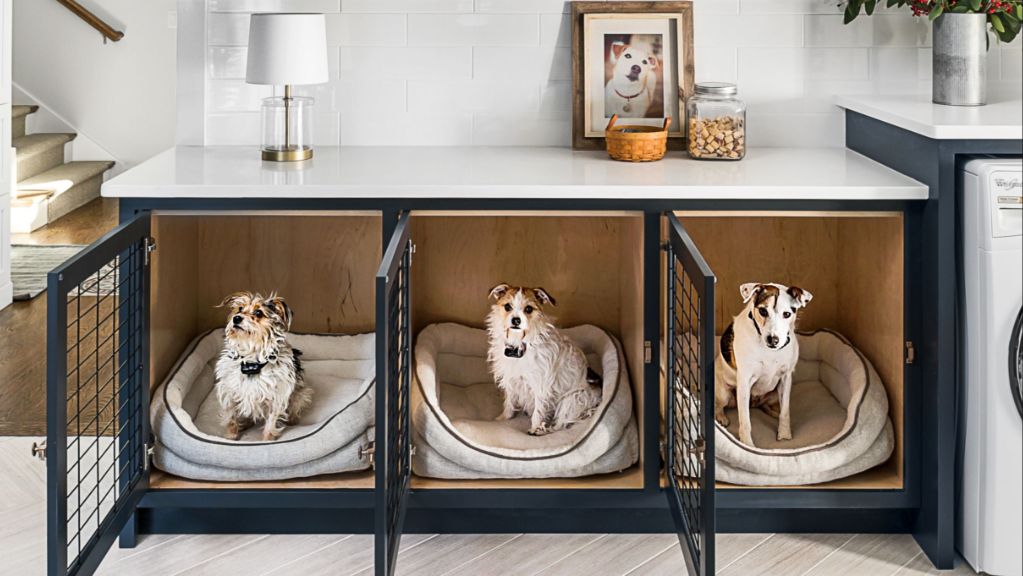
Having designated dog-friendly spaces in your home is crucial for both your dog’s safety and your peace of mind. There are a few key types of containment areas to consider setting up:
Crates: A crate provides a cozy personal space for your dog when you can’t supervise them. Make sure to get a crate large enough for your dog to stand up, turn around, and lie down comfortably. Place soft bedding inside. Avoid using the crate for punishment, and crate train your dog slowly with positive reinforcement so they view it as a safe den. Start with short sessions and work up to longer periods inside the crate.
Baby gates: Pet gates and tall baby gates allow you to restrict your dog’s access to certain rooms and block off hazards like stairs. Look for walk-through gates you can step over easily. Hardware-mounted gates are the most secure. Introduce gates gradually and lure your dog through with treats for a positive experience.
Designated dog spaces: Block access to certain furniture or household areas and instead set up a special corner just for your dog with a comfortable dog bed, toys, and water. You can use an exercise pen to fence off an area like the kitchen or living room corner. This gives your dog their own defined safe space when you’re occupied elsewhere.
With proper containment options in place like a crate, gates, and designated zones, you can give your dog freedom in your home while also protecting them and your belongings.
Non-Toxic Cleaning Supplies
It’s important to use non-toxic cleaning products that are safe for dogs. Many conventional cleaners contain harsh chemicals like ammonia, chlorine, and formaldehyde that can be irritating or even toxic to pets if ingested. When choosing cleaning supplies, look for products labeled “pet-safe” or made with natural ingredients.
Great pet-safe options include vinegar, baking soda, castile soap, hydrogen peroxide, and essential oils like lemon, lavender, and tea tree. For floor cleaners, stick to mild detergents or soap and avoid chemicals. Bissell and Nature’s Miracle make pet-safe floor cleaners. You can also make a simple DIY cleaner with white vinegar and water.
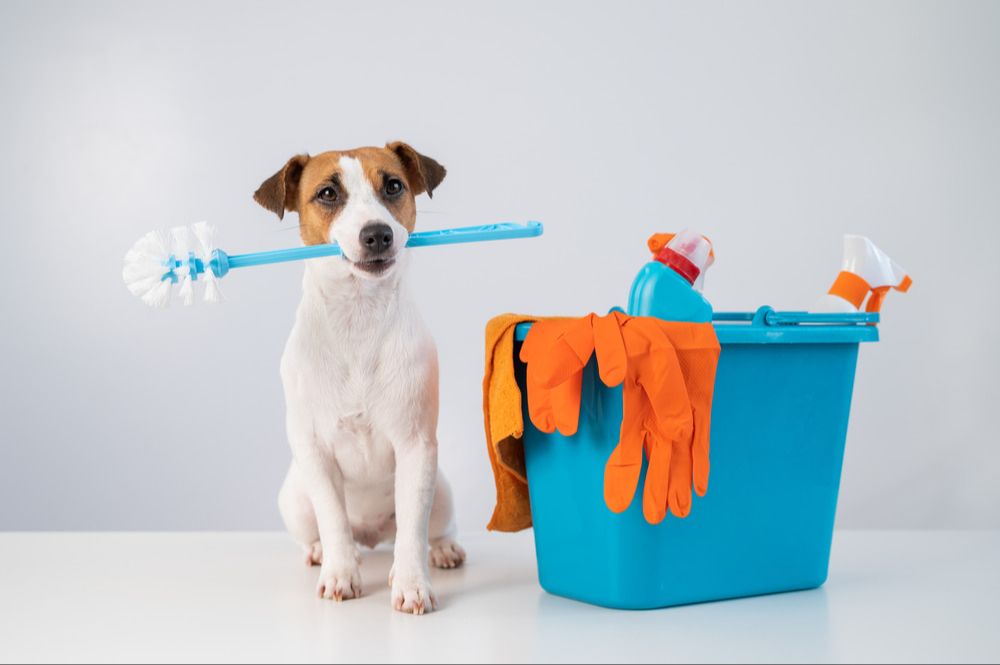
Some specific pet-safe cleaning product recommendations include:
- Seventh Generation Disinfecting Multi-Surface Cleaner
- Puracy Natural Hard Surface Cleaner
- Mrs. Meyer’s Clean Day Multi-Surface Everyday Cleaner
- Bark & Spark Cleaning Gel with Enzymes
When using any cleaner, be sure to rinse thoroughly and allow surfaces to dry completely before allowing your dog access again. Proper ventilation is also key.
Dog-Proof Flooring
When choosing flooring for a dog-friendly home, it’s important to select materials that are durable, easy to clean, and scratch-resistant. Some top options include:
Vinyl is a great choice as it is waterproof, affordable, and comes in a wide range of looks including wood and tile. Luxury vinyl plank flooring resists scratches, stains, and odors while providing cushioning for pets to play [1].
Tile is naturally scratch-resistant and easy to clean. However, it can be cold and hard for dogs to lay on. Using grout with sealant will make it more stain-resistant [2].
Laminate is scratch-resistant and affordable but not completely waterproof. Opt for laminate with an attached underlayment for noise reduction and added comfort.
Hardwoods like maple and hickory are quite durable for pets. However, scratches are more visible and unsealed hardwood can warp from moisture. Using area rugs can help protect sections that see the most pet traffic.
Providing Outdoor Access
Outdoor access is very important for dogs. According to a study by the National Institute of Health, dog owners who walk their dogs outdoors benefit from the physical activity of walking and from being in nature https://www.ncbi.nlm.nih.gov/pmc/articles/PMC6549751/. Allowing your dog outside access can provide mental stimulation and reduce anxiety and restlessness. There are a couple main ways to provide outdoor access:
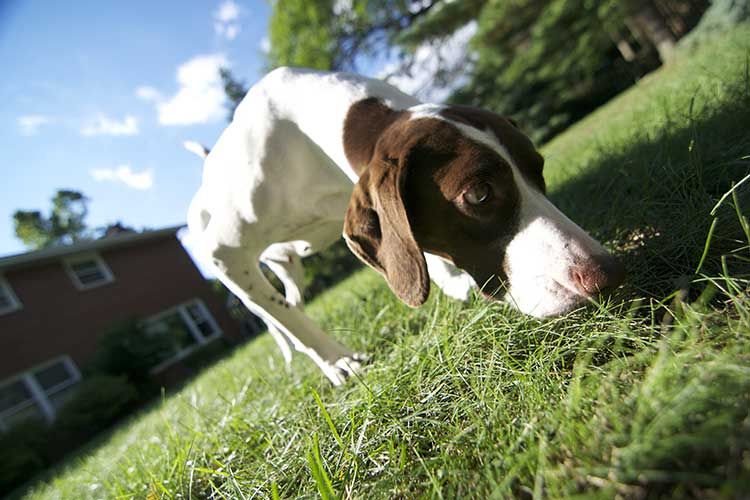
Dog Doors
Installing a dog door, also called a pet door, is a convenient way to allow your dog to freely go in and out. Choose one with a lock so you can control access when needed. Make sure it is properly fitted to your door size and installed securely. Consider a flap style or electronic dog door. Teach your dog how to use it properly.
Fenced Yard
Having a securely fenced in yard allows your dog off-leash outdoor access and freedom. Make sure there are no gaps or weak spots in the fence line. Bury fencing under the ground or use an angled fence to prevent digging under. Include ample space for exercise and play. Supervise young dogs initially until trained on proper backyard behavior and boundaries.
Climate Control
Regulating temperature and humidity in your home is important for your dog’s health and comfort. The ideal temperature range for dogs is between 75-78 degrees Fahrenheit according to this source. In the winter, temperatures between 68-72 degrees Fahrenheit are recommended as per this article. Use your thermostat to maintain temperatures in this comfortable zone.
Humidity also affects how warm or cool the air feels. Ideal humidity for dogs is around 45-50%. Use a humidifier or dehumidifier as needed to keep humidity at a moderate level. Low humidity can dry out your dog’s skin and respiratory tract. High humidity makes the air feel muggy and stagnant. With the right balance of temperature and humidity, you can create a healthy home environment tailored to your dog’s needs.
Creating a Calm Environment
Dogs can easily become overstimulated by excessive noise and bright lighting. To create a calm home environment for your dog, take steps to minimize these sensory stressors.
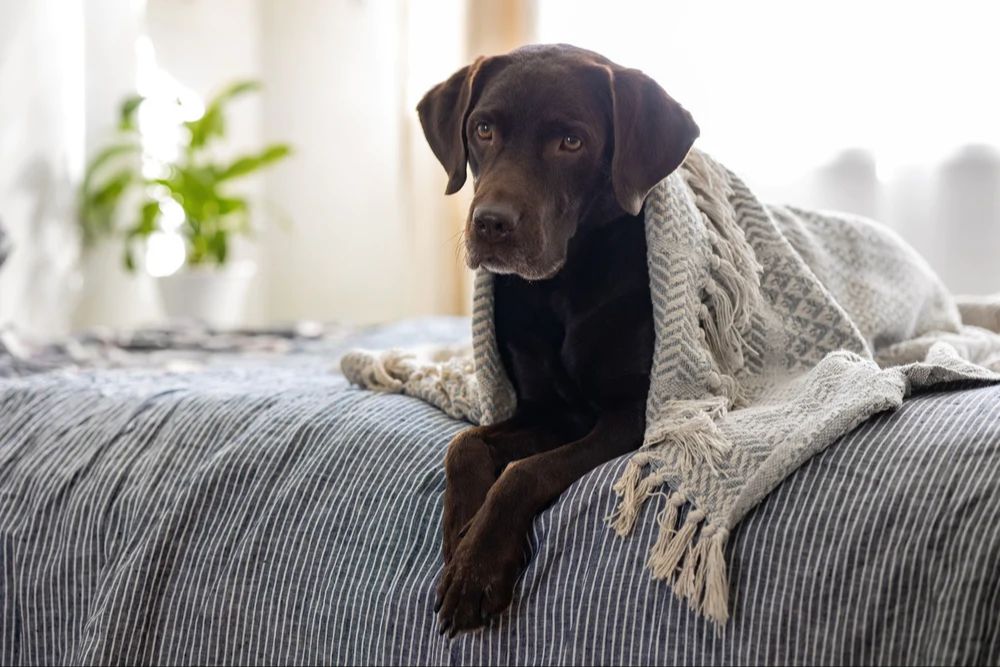
Try to limit loud sounds that can startle or upset your dog, like loud music, television, or rowdy gatherings. Provide a quiet space where your dog can retreat when needed, like a crate or bed in a low-traffic area (Source).
Use rugs and curtains to dampen echoes and absorb excess noise. White noise from fans, sound machines, or music can mask startling sounds. Avoid abrupt, loud noises like slamming doors.
Soft, diffuse lighting is preferable to bright overhead lights which can cause visual overstimulation. Keep the shades closed or use lamp lighting at key times like meals, playtime, and bedtime (Source).
Establish a soothing nighttime routine with dimmed lighting to help your dog relax. Limit light exposure at bedtime and overnight. Blackout curtains and a crate cover may help a light-sensitive dog settle.
Overall, tuning your home lighting and acoustics can go a long way in creating a peaceful setting for an easily overaroused dog.


